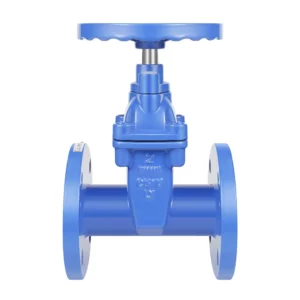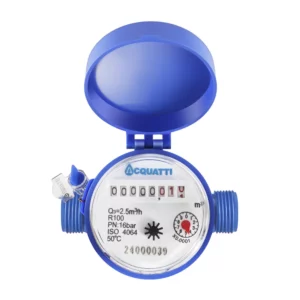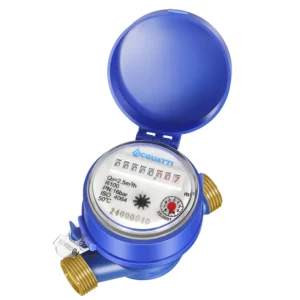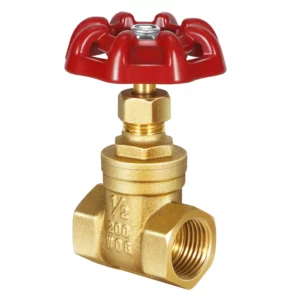Marine Industry
Valves in the Marine Industry
The Role of Marine Valves in Shipbuilding and Offshore Operations
In the marine industry, valves play a crucial role in maintaining safe, reliable, and efficient fluid control aboard ships, offshore platforms, and underwater equipment. From ballast control and fuel transfer to engine cooling and firefighting systems, marine valves ensure fluid flow is precisely managed under high-pressure and corrosive seawater conditions.
High-performance shipbuilding valves are essential for meeting strict maritime classification standards, preventing failures that could lead to flooding, environmental damage, or catastrophic mechanical failure. Whether it’s a marine gate valve for pipeline isolation or a marine ball valve for quick shut-off, the right valve keeps your vessel safe and compliant.
Environmental Requirements for Marine and Offshore Valves
Valves used in marine environments must operate in extreme and highly corrosive conditions. Key environmental requirements include:
- Seawater corrosion resistance: Materials such as bronze, duplex stainless steel, or marine-grade brass are commonly used.
- High-pressure durability: Especially in fuel systems and underwater piping.
- Temperature resilience: Functioning in engine rooms with high heat and in deep-sea cold zones.
- UV and salt spray exposure: Valves installed above deck must endure harsh weather conditions.
- Biofouling resistance: Avoid buildup from marine organisms in underwater or ballast systems.
Many marine valves are also built to resist vibration, pressure spikes, and water hammer—common on ships and offshore platforms.
Workshop and Operational Standards for Marine Valve Systems
Shipyard operations and marine engineering demand strict compliance with international maritime safety and manufacturing protocols. Operational requirements include:
- Classification compliance: Must meet standards from DNV, ABS, LR, or BV.
- Zero-leak design: Critical for fuel lines, fire safety systems, and seawater intake lines.
- Actuation compatibility: Available in manual, electric, or pneumatic types for integration with ship control systems.
- Low-maintenance design: Reduces dry dock repair time and costs.
- Custom DN flanged sizes: To fit standardized marine piping systems and bulkhead installations.
Every marine valve supplier must offer full traceability, batch testing, and documentation for regulatory compliance and onboard inspections.
Top 10 Applications of Valves in the Marine Industry
- Ballast Water Management Systems
- Seawater Cooling Circuits
- Fuel Transfer and Storage Lines
- Fire Protection Sprinkler Systems
- Wastewater and Bilge Systems
- Engine Lube Oil Distribution
- Deck Wash and Water Spraying Systems
- Hydraulic Steering Gear Lines
- Compressed Air Supply Systems
- Cargo Hold Ventilation and Inert Gas Systems
Safety Certifications and Industry Standards for Marine Valves
- Certifications: DNV, ABS, Lloyd’s Register, Bureau Veritas, CCS
- Material Standards: ASTM B62/B148 (bronze), ASTM A351 CF8M (stainless steel)
- Design Compliance: ISO 16136 for seawater applications
- Fire-Safe Compliance: API 607 for onboard fire systems
- Ingress Protection Ratings: IP66/IP67 for exposed installations
- Class Notation Requirements: Depending on ship type and application (cargo, tanker, passenger)
Related Products
-
Iron Valves
NRS Cast Iron Gate Valves
-
Water Meters
Plastic Single Jet Dry Type Water Meters
-
Water Meters
Brass Single Jet Dry Type Water Meters
-
Bronze and Brass Valves
Brass Gate Valves
Want to know more?
If you’re interested in any of our products or services, simply fill out the form below. Our team will get in touch with you as soon as possible to provide the information you need.



